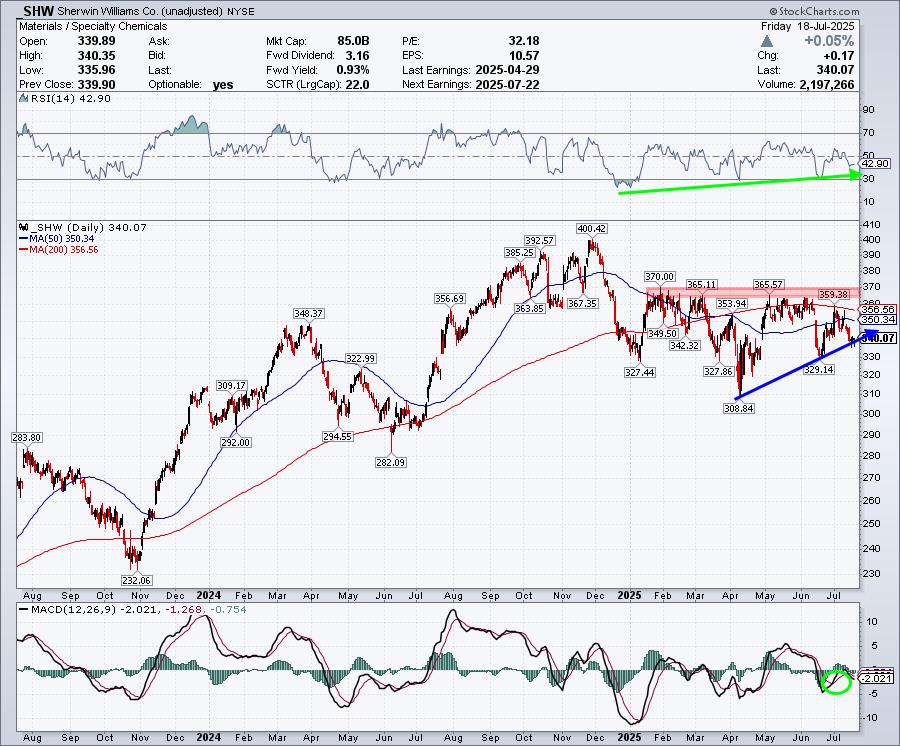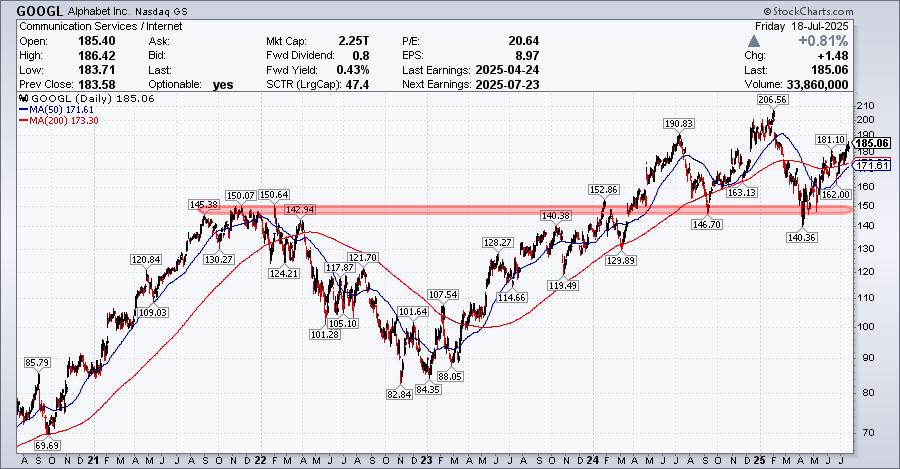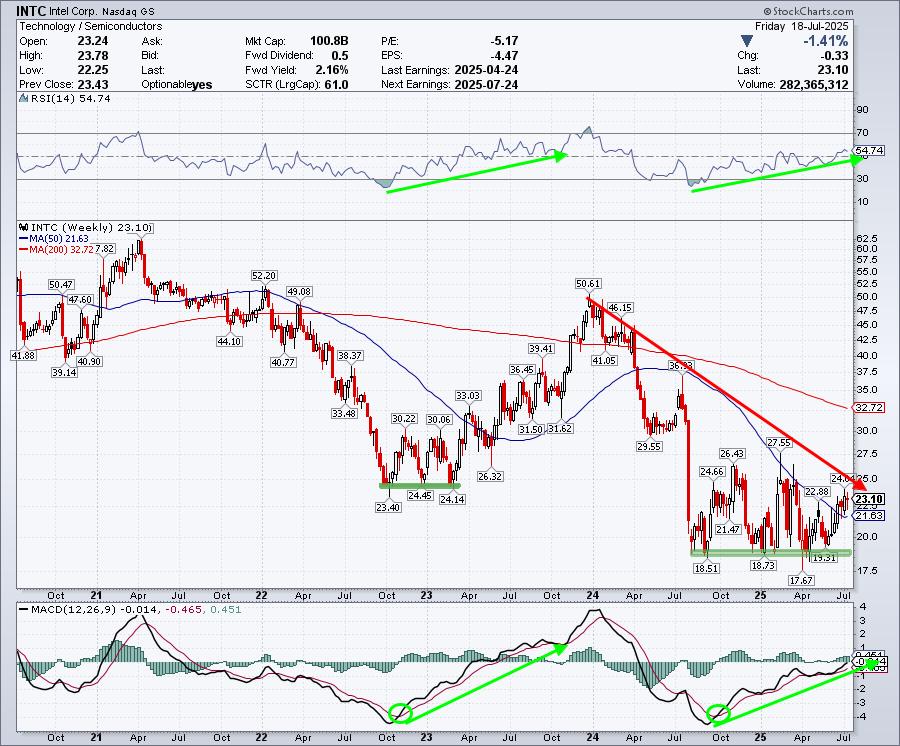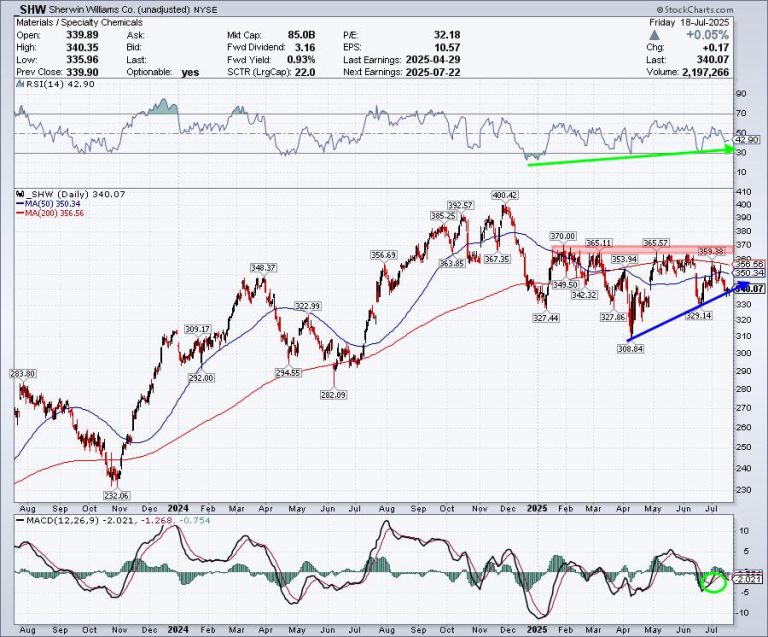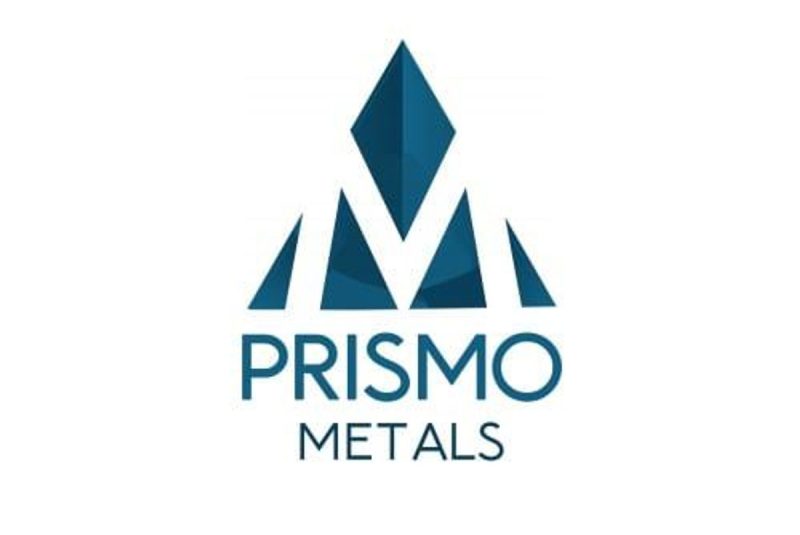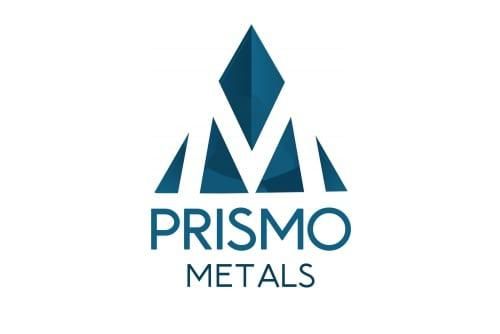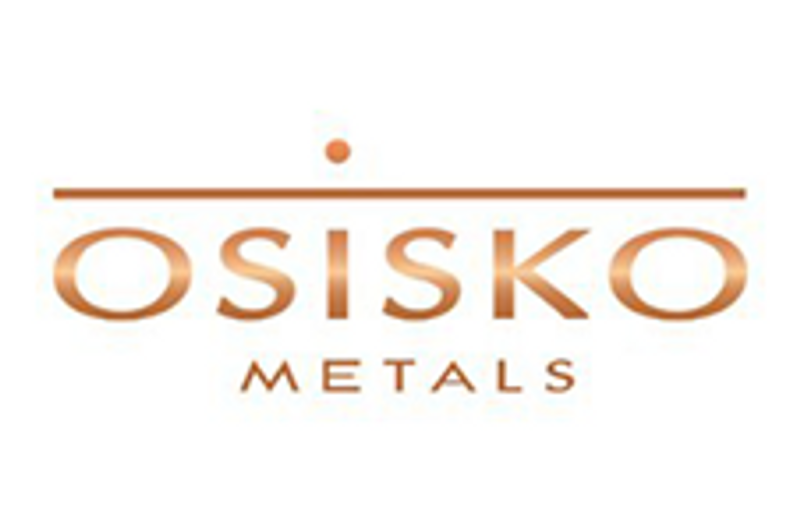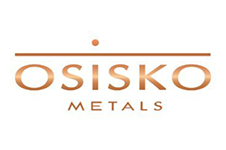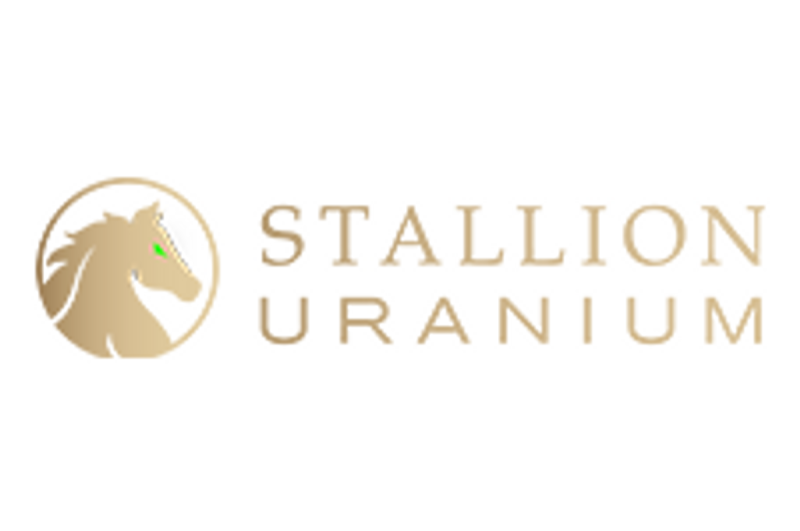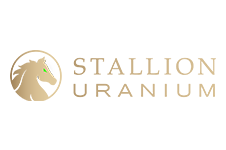(TheNewswire)
Vancouver, British Columbia, July 18, 2025 TheNewswire – Prismo Metals Inc. (‘ Prismo ‘ or the ‘ Company ‘) (CSE: PRIZ,OTC:PMOMF) (OTCQB: PMOMF) is pleased to announce that further to its news release dated July 3, 2025, the Company has upsized and closed its previously announced non-brokered private placement of units of the Company (‘ Units ‘) at an issue price of $0.05 per Unit (the ‘Private Placement’ ). Due to strong investor demand, the Private Placement was increased from 5,000,000 Units to the issuance of 11,500,000 Units for gross proceeds of $575,000.
Each Unit consists of one common share of the Company (a ‘ Share ‘) and one-half of one common share purchase warrant of the Company (each whole warrant, a ‘ Warrant ‘). Each Warrant entitles the holder to purchase one Share for a period of twenty-four (24) months from the date of issue at an exercise price of $0.10.
The Company further announces that it intends to complete a second closing of the Private Placement through the issuance of up to 2 million additional Units at an issue price of $0.05 per Unit for additional gross proceeds of up to $100,000 (the ‘ Second Closing ‘). The Company intends to use the proceeds from the Second Closing for general corporate purposes.
‘The upsizing of the private placement reflects investors’ interest in our recently optioned silver projects in Arizona, the historical high-grade Silver King and Ripsey mines,’ said Alain Lambert, CEO. ‘Our Chief Exploration Officer, Dr. Craig Gibson, has already put in place a comprehensive first year exploration plan at Silver King which includes a phase one drill program of a minimum of 1,000 meters.’
Dr. Craig Gibson said: ‘We are about to begin a detailed mapping and sampling program at both projects at surface exposures and in accessible underground workings. A drill program is planned for Silver King, with about 1,000 meters initially. The Silver King drill program is designed to test the mineralized body at four elevations as well as lateral to the pipelike body. De-watering of the Silver King shaft to gain access to the upper levels may also be undertaken as submersible pumps are in place.’
The Company intends to use the proceeds from the Private Placement for exploration activities at its recently optioned historical Silver King and Ripsey silver mines in Arizona and for general corporate purposes. There may be circumstances, however, where, for sound business reasons, a reallocation of funds may be necessary. Additionally, the Company issued 150,724 Shares at an issue price of $0.05 to an arm’s length creditor in full and final settlement of accrued and outstanding indebtedness in the amount of $7,536.20.
In connection with the closing of the Private Placement, the Company issued an aggregate of 231,000 finder’s warrants (the ‘Finder’s Warrants’ ) and paid finder’s commissions of $ 11,550 to certain qualified finders. Each Finder’s Warrant is exercisable for a period of 24 months from the date of issuance to purchase one Share at a price of $0.10.
All securities issued or issuable in connection with the Private Placement and the Second Closing are subject to a four-month hold period from the closing date under applicable Canadian securities laws, in addition to such other restrictions as may apply under applicable securities laws of jurisdictions outside Canada.
Multilateral Instrument 61-101
The Company has issued an aggregate of 1,410,000 Units pursuant to the Private Placement to certain ‘related parties’ of the Company (the ‘ Interested Parties ‘), in each case constituting, to that extent, a ‘related party transaction’ as defined under Multilateral Instrument 61-101 – Protection of Minority Securityholders in Special Transactions (‘ MI 61-101 ‘). The Company is exempt from the requirements to obtain a formal valuation and minority shareholder approval in connection with the participation of the Interested Parties in the Private Placement in reliance on sections 5.5(a) and 5.7(1)(a) of MI 61-101, as neither the fair market value of the Private Placement nor the securities issued in connection therewith, in so far as the Private Placement involves the Interested Parties, exceeds 25% of the Company’s market capitalization. The Company did not file a material change report more than 21 days before the expected closing of the Private Placement as the details of the Private Placement and the participation therein by the Interested Parties therein were not settled until recently and the Company wishes to close on an expedited basis for sound business reasons.
About Silver King and Ripsey
Discovered in 1875, the Silver King mine is one of Arizona’s most important historical producers, yielding nearly 6 million ounces of silver at grades of up to 61 oz/t. Selected samples from small-scale production in the late 1990s returned historical grades as high as 644 oz/t silver (18,250 g/t) and 0.53 oz/t gold (15 g/t). Additionally, the presence of freibergite (AgCuSbS) suggests a potential for antimony, a critical mineral with growing strategic demand.
The Ripsey mine, located 20 km west of Hot Breccia, is also a historical gold-silver-copper producer, having returned historical grades of up to 15.85 g/t gold and 276 g/t silver. However, no modern exploration has been conducted.
Strategic Location
The Silver King mine sits only 3 km from the main shaft of the Resolution Copper project — a joint venture between Rio Tinto and BHP and recognized as one of the world’s largest unmined copper deposits. (1) This unique land position is fully surrounded by Resolution Copper’s claim block, offering strategic upside.
The Silver King mine was discovered in 1875 and produced as much as 10,000 ounces per ton silver in near surface workings. (2) Underground production through 1889 is estimated at almost 6 million ounces of silver at grades of between 61 and 21 ounces per ton. During a second period of production from 1918 to 1928, 230,000 ounces were produced at a grade of 18.7 ounces per ton. No significant production has occurred after 1928.
Silver King is a steeply west-dipping pipelike stockwork and breccia zone that was mined on eight levels to about 300 meters depth below a glory hole at the surface. The pipe is described as a dense stockwork with local breccia zones and a quartz core, and that due to variations in mineralogy, much of the upper portion of the body has not been mined (3) . The current owners from whom the Company has optioned the project rehabilitated the main shaft in the late 1990s, opened the upper levels of the mine and produced a small tonnage. Assay certificates from this period show selected samples with 400 to 600 ounces per ton silver with 0.2-0.5 oz/t gold and some base metals. Virtually no modern exploration has been carried out at the mine providing significant exploration upside and multiple drill targets.
The Ripsey mine is a historical gold-silver-copper producer located about 20 km west of the Hot Breccia project. Historical mine workings consisting of tunnels and shafts on several levels were developed along a vein over about 400 meters of strike length and 160 meters vertically. A small tonnage of mineral was reportedly produced by the optionor in the late 1990’s. Sampling by Dr. Craig Gibson from the mine workings has yielded 15.9 g/t gold and 275 g/t silver over 0.75 meters and 8.7 g/t gold, 181 g/t silver, 3% copper and 9% zinc over 1 meter. No modern exploration has been carried out at the project (see News Release of July 4, 2025), providing significant exploration upside and multiple drill targets.
With respect to the Resolution deposit, the QP has been unable to verify the information, and the information is not necessarily indicative to the mineralization on the Silver King property.
1) https://resolutioncopper.com/about-us/
2) Galbraith, F, 1935, Geology of the Silver King area, Superior, Arizona, Univ. of Arizona thesis, 153p plus plates .
3) Blake, W.P., 1883, Description of the Silver King Mine, Arizona, New Haven, 48p plus plates.
Qualified Person
All scientific and technical information in this news release has been reviewed and approved by Dr. Craig Gibson, Chief Exploration Officer of the Company, PhD., CPG, and a ‘qualified person’ for the purposes of National Instrument 43-101. Other than the sampling conducted by Dr. Craig Gibson as indicated herein, the data presented in this press release was obtained from public sources, should be considered incomplete and is not qualified under NI 43-101, but is believed to be accurate. The Company has not verified the historical data presented and it cannot be relied upon, and it is being used solely to aid in exploration plans.
About Prismo Metals Inc.
Prismo (CSE: PRIZ,OTC:PMOMF) is mining exploration company focused on three silver projects (Palos Verdes, Silver King and Ripsey) and a copper project in Arizona (Hot Breccia).
Please follow @PrismoMetals on , , , Instagram , and
Prismo Metals Inc.
1100 – 1111 Melville St., Vancouver, British Columbia V6E 3V6
Phone: (416) 361-0737
Contact:
Alain Lambert, Chief Executive Officer alambert@cpvcgroup.ca
Gordon Aldcorn, President gordon.aldcorn@prismometals.com
Neither the Canadian Securities Exchange nor its Market Regulator (as that term is defined in the policies of the Canadian Securities Exchange) accepts responsibility for the adequacy or accuracy of this release.
Cautionary Note Regarding Forward-Looking Information
This release includes certain statements and information that may constitute forward-looking information within the meaning of applicable Canadian securities laws. Forward-looking statements relate to future events or future performance and reflect the expectations or beliefs of management of the Company regarding future events. Generally, forward-looking statements and information can be identified by the use of forward-looking terminology such as ‘intends’ or ‘anticipates’, or variations of such words and phrases or statements that certain actions, events or results ‘may’, ‘could’, ‘should’, ‘would’ or ‘occur’. This information and these statements, referred to herein as ‘forward‐looking statements’, are not historical facts, are made as of the date of this news release and include without limitation, statements regarding discussions of future plans, estimates and forecasts and statements as to management’s expectations and intentions with respect to, among other things, the intended use of any proceeds raised under the Private Placement; the completion of and use of proceeds from the Second Closing; the implementation of the objectives, goals and future plans of the Company including the proposed advancement of the Silver King and Ripsey projects as currently contemplated; the expectation that exploration activities (including drill results) will accurately predict mineralization; the expectation that the Company will implement its drilling, geoscience and metallurgical work on its properties and work plans generally; the benefits of the Company’s approach to exploration; and management’s belief that the historical resource could be indicative of the presence of mineralization on the deposits .
These forward‐looking statements involve numerous risks and uncertainties and actual results might differ materially from results suggested in any forward-looking statements. These risks and uncertainties include, among other things, the potential inability of the Company to utilize the anticipated proceeds of the Private Placement as anticipated; the risk that the Company will not complete the Second Closing; capital and operating costs varying significantly from estimates; the preliminary nature of metallurgical test results; the ability of exploration results to predict mineralization, prefeasibility or the feasibility of mine production; the risk that assay results will not be as anticipated or received when anticipated; delays in obtaining or failures to obtain required governmental, environmental or other project approvals; uncertainties relating to the availability and costs of financing needed in the future; changes in equity markets; inflation; fluctuations in commodity prices; delays in the development of projects; the other risks involved in the mineral exploration and development industry; and those risks set out in the Company’s public disclosure record on SEDAR+ ( www.sedarplus.com ) under the Company’s issuer profile .
Although management of the Company has attem pted to identify important factors that could cause actual results to differ materially from those contained in forward-looking statements or forward-looking information, there may be other factors that cause results not to be as anticipated, estimated or intended. There can be no assurance that such statements will prove to be accurate, as actual results and future events could differ materially from those anticipated in such statements. Accordingly, readers should not place undue reliance on forward-looking statements and forward-looking information. Readers are cautioned that reliance on such information may not be appropriate for other purposes. The Company does not undertake to update any forward-looking statement, forward-looking information or financial out-look that are incorporated by reference herein, except in accordance with applicable securities laws. We seek safe harbor.
NOT FOR DISTRIBUTION TO UNITED STATES NEWS WIRE SERVICES
OR FOR DISSEMINATION IN THE UNITED STATES
Copyright (c) 2025 TheNewswire – All rights reserved.

